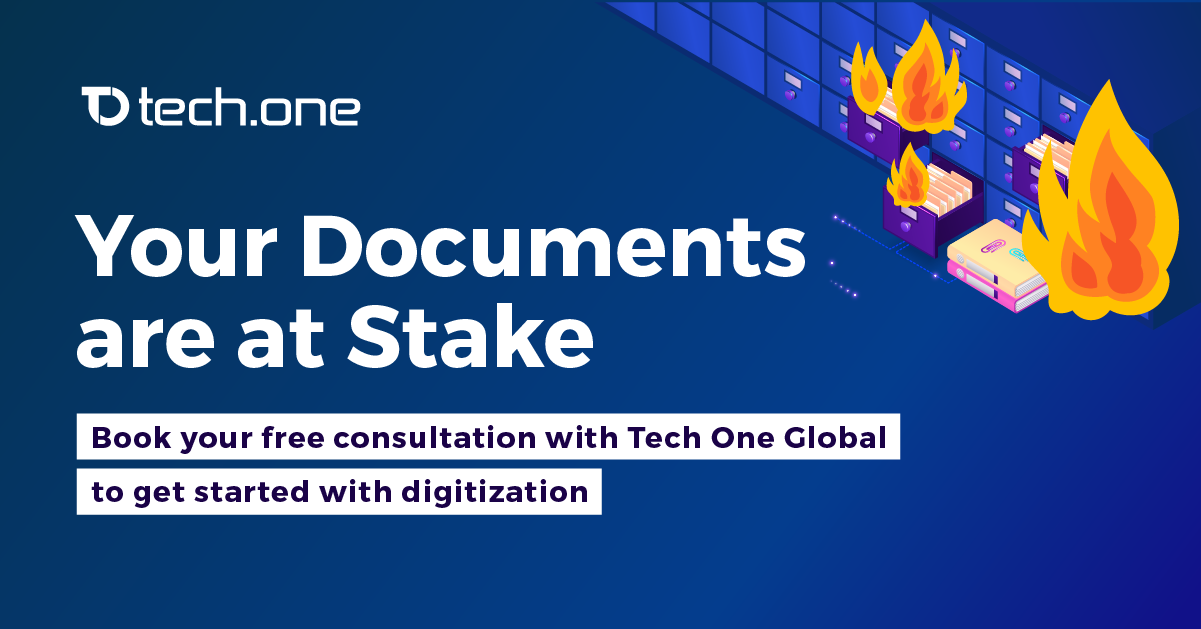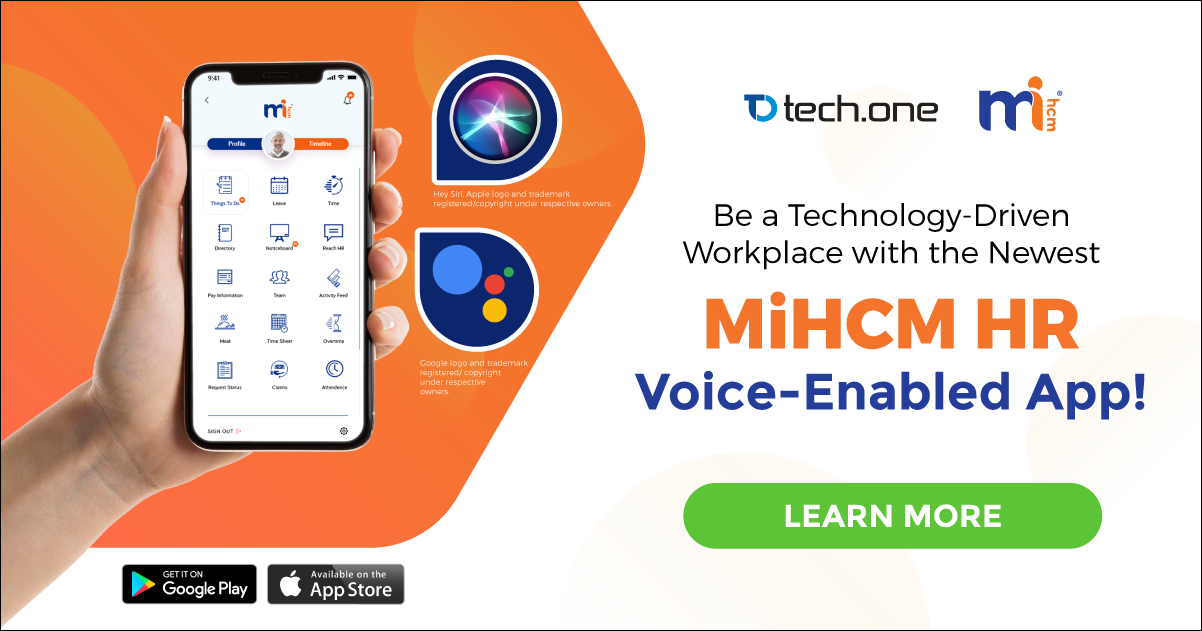
Records management and security approaches define the whole data journey across your organization. While manual, table-to-table processing still works, human errors, disasters, and document theft/misplacement, and file damages persist and cause greater damages for the whole business.
So how should HRs, ITs, and Finance departments be on top of document management and security methods in a modern workplace?
Empower modern office productivity
In today’s workplace landscape, it’s more beneficial for organizations to put more value on employee productivity to achieve more efficient results at the end of the day. As Jude Fernando, HR Manager for Tech One Sanje, puts it: “Today’s work empowers employees as they now can decide what to do and how to do it.”
On top of this is the need for dedicated attention for cyber security as threats to data also rise along with the innovations happening.
Good thing these days, there are lots of productivity suites that don’t just empower office efficiency but also consider high-level records management needs and the current scheme of cybercriminals. These productivity tools are now commonly running on cloud, have a familiar user interface, fitted with layers of security protocols to protect data, and integrate flawlessly with existing systems used for HR, Finance, and IT.
These are designed to do away the manual filing of paper files by allowing the digital creation, sharing, and access to documents stored in a secure, cloud-based environment. And Office 365 is among the best examples of these productivity suites as it contains what a modern workplace needs: seamless collaboration, high-level data security, and integration-friendly to existing office tools.
Now, if you see your physical documents as a hindrance to productivity, space, and security, it’s about time to move to a more digital approach for records management through office productivity suites.
Harness the cloud technology
Through years of usage, the cloud technology has broken out from the bond of being a mere data storage. It has become the seat of unimaginable technologies that changed the technology landscape forever such as Artificial Intelligence (AI), Internet of Things (IoT), and many others.
And as this progress, cloud has become the go-to technology to be the backbone of modern businesses. This is primarily used for data storage and backup, website hosting, and many others. While harnessing it as a backup is surely an effective approach for records management, it is not the cloud’s full potential YET.
Harnessing it includes hosting your internal systems and going for a hybrid setup. Accept the fact that on-premise applications and storage could fail your records management approach as these are prone to damages and downtimes (power shortage, faulty wirings, spec updates, etc.).
Hosting your applications for HR, Finance, and IT gives you higher reliability of data access whenever office devices fall short. This also allows more mobility for organizational functions, extra layer of advanced security for hosted data, and data insights that you can leverage for future business decisions.
The right cloud technology to complement your records management approach should have a hosting and backup as its core. Microsoft Azure is probably the top choice as it offers such flexibility to modern businesses: integrate well with your existing systems, has numerous built-in apps for future usage, scalable, and at the same time, compliant to security and data regulations.
Implement a document management system
This is perhaps among the current technologies that are bombarded with misconceptions. A document management system (DMS) is a multi-dimensional tool that is more than just a file storage and archiving system. But undeniably, its functions highly rely on its storage abilities or at least tie in with a data storage.
One way a DMS can aid records management approaches is through the seamless process of scanning physical documents to digital formats. With this, organizations can simply future and disaster-proof documents without the need for physical storages and the worry for file damages, misplacement, or theft.
Another way it comes handy is its customizable parameters for document access and sharing. This feature for a DMS is a no-brainer to take advantage as it allows an organization set who shares/accesses what, perfect for intricate and confidential documentation such as employee files, payroll, and the like.
Not to mention the extra layer it can provide for the whole organization, be it for internal or external use. For instance, some DMS have a redaction feature where the document owner can blacken out a portion of a file and have it viewed only by a specific person or a group of people. Data encryption, credentials, and user profiles & scope are also some of the essentials of a DMS.
While there is a competitive market for DMS, Enadoc is worth-checking as it covers the fundamentals of a document management system paired with a six-fold security protocol and integration flexibility to known office apps available.
Automate smartly
Not every task can be automated. But once you understood and identify the process portions that you can do on autopilot, automation is the way to go. This, and at the end of the day, gives you a better view of the process through data insights. But how would you know which tasks are for automation? Harvard Business Review gave three insights for this:
- A repetitive work is far more automatable than a variable task as it runs in a routine and has predictable results.
- Tasks that require little to no collaboration or communication are also automatable as it doesn’t rely on conversations and empathy.
- Mental work would always be irreplaceable as these require and come up with complex ideas compared to physical/manual work that can be addressed through tools that are powered by automation.
With your records management become automated, you do away the mundane portions of the process. For instance, you can instead establish an online platform for IT requests or HR portals for documentation submissions from employees without the need of inputting or uploading things manually to your devices. And of course, tie in the backend to a general repository where you can organize what you have gathered.
Automation might require a few adjustments in your processes but it’s a small price to pay compared to the convenience you will be getting from it. You just have to find the right automation partner to understand your needs and implement solutions with ease.
Records management is often overlooked as an essential part of the whole organizational process. In reality, it is a company’s gold mine as it contains all sorts of data that an organization needs to monetize services and keep it going.
The good thing, everything you need for establishing your records management efforts are all available from a modern workplace advocate near you. Know more how you can manage your files with ease here.







